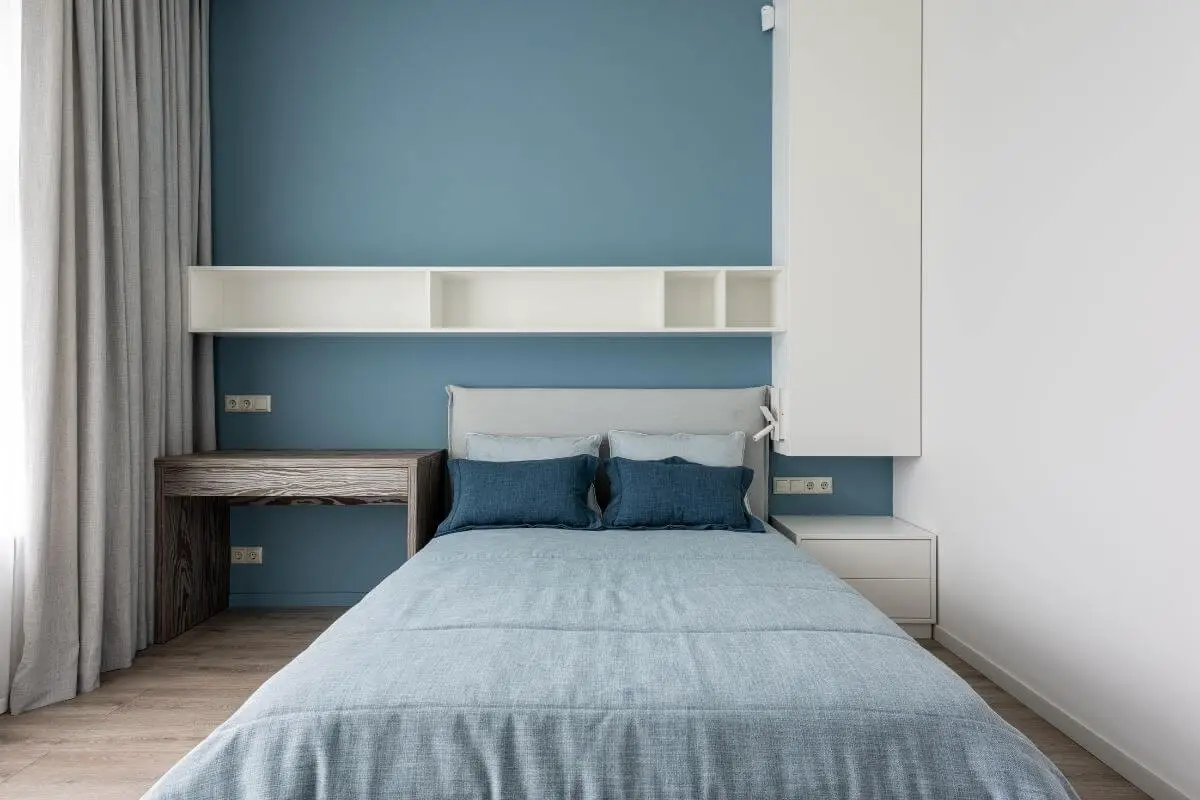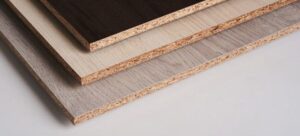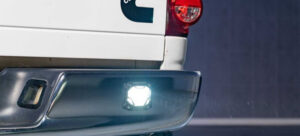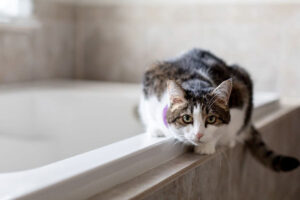Introduction
Blue is a popular color choice for creating a calm and soothing atmosphere in interior spaces. When it comes to selecting the perfect shade of blue paint, two options that often come up for consideration are Woodlawn Blue and Palladian Blue. In this article, we will compare and contrast Woodlawn Blue and Palladian Blue, exploring their characteristics, undertones, and the effects they can bring to your living spaces.
What is Woodlawn Blue?
Woodlawn Blue is a soft, pale blue paint color that belongs to the blue-green family. It is inspired by the peaceful hues found in nature and is part of the historical collection by Benjamin Moore. Woodlawn Blue has a hint of green undertone, giving it a serene and tranquil appearance. It works well in bedrooms, bathrooms, and living areas where a calming atmosphere is desired.
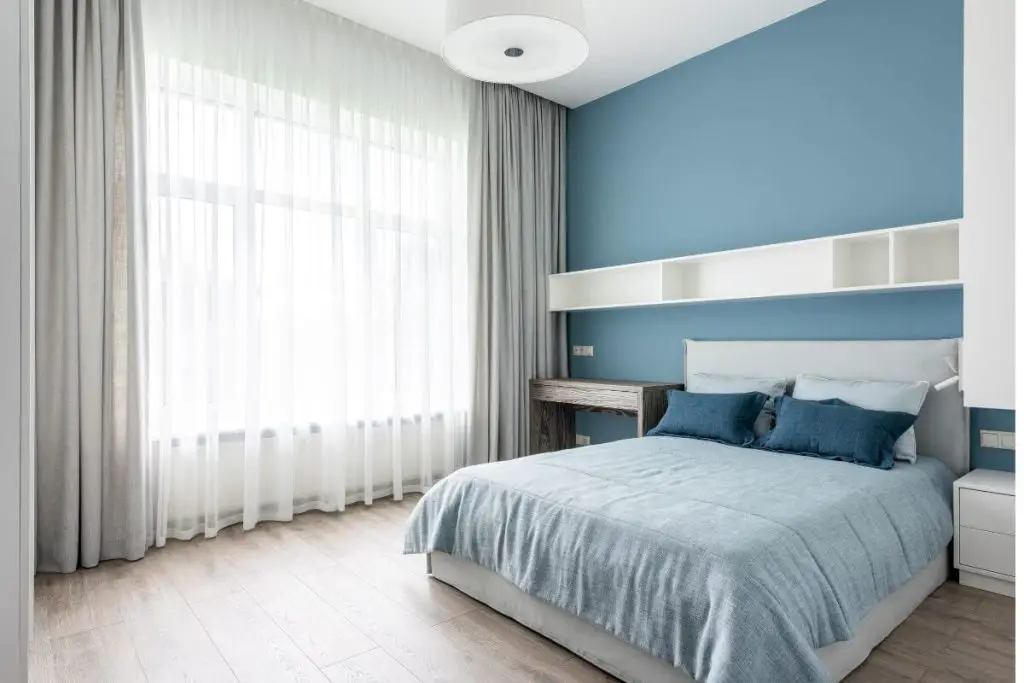
What is Palladian Blue?
Palladian Blue is another popular blue paint color, also from Benjamin Moore. It is a light and airy blue with a green-gray undertone, reminiscent of the colors seen in classical architecture. Palladian Blue exudes a sense of elegance and sophistication while maintaining a soothing ambiance. It is a versatile color that complements a range of design styles.
Undertones and Color Characteristics
Woodlawn Blue and Palladian Blue have different undertones that contribute to their unique characteristics. Woodlawn Blue has a subtle green undertone, which adds a touch of freshness and tranquility to the color. Palladian Blue, on the other hand, features a green-gray undertone, creating a more subdued and sophisticated appearance. Both colors have a calming effect and work well in creating peaceful environments.
Tranquility and Serenity
Both Woodlawn Blue and Palladian Blue are known for their ability to evoke a sense of tranquility and serenity. Woodlawn Blue’s gentle green undertone enhances its calming nature, making it an excellent choice for spaces where relaxation is a priority. Palladian Blue’s green-gray undertone adds a touch of elegance and sophistication, creating a serene atmosphere conducive to unwinding and rejuvenation.
Natural Light and Brightness
Both colors can work well in rooms with ample natural light. Woodlawn Blue tends to appear lighter and brighter in well-lit spaces, creating an airy and open feel. Palladian Blue, with its slightly gray undertone, can provide a softer and more muted appearance, making it suitable for rooms where a subtler light reflection is desired.
Versatility and Compatibility
Woodlawn Blue and Palladian Blue are versatile colors that can be paired with various design styles and color schemes. Woodlawn Blue complements earthy tones, such as warm browns and greens, creating a harmonious and natural palette. Palladian Blue pairs well with neutral colors, whites, and grays, allowing it to seamlessly integrate into different design aesthetics.
Aesthetic Effects
Woodlawn Blue and Palladian Blue offer different aesthetic effects when applied to walls. Woodlawn Blue’s green undertone imparts a fresh and vibrant feel, making it well-suited for coastal, cottage, or nature-inspired themes. Palladian Blue’s green-gray undertone adds a touch of sophistication, making it suitable for traditional, contemporary, or even minimalist designs. Both colors create a serene and inviting atmosphere.
Choosing Between Woodlawn Blue and Palladian Blue
Choosing between Woodlawn Blue and Palladian Blue depends on your personal preferences, the desired ambiance of the room, and the existing elements within the space. Consider the lighting conditions, the surrounding furniture, and the overall color scheme you want to achieve. It is advisable to test samples of both colors on your walls to observe how they interact with the room’s lighting and other design elements before making a final decision.
Conclusion
Woodlawn Blue and Palladian Blue are beautiful blue paint colors that can bring tranquility and serenity to your living spaces. Woodlawn Blue’s green undertone adds freshness and vibrancy, while Palladian Blue’s green-gray undertone exudes elegance and sophistication. Consider the undertones, the desired aesthetic effects, and the compatibility with your existing décor when choosing between the two. Both colors have the power to create a soothing and peaceful atmosphere in your home.
FAQs
1. Can I use Woodlawn Blue or Palladian Blue in a small room?
Yes, both Woodlawn Blue and Palladian Blue can work well in small rooms. The light and airy nature of the colors can help create an illusion of space and openness.
2. Can I pair Woodlawn Blue or Palladian Blue with other colors?
Yes, both colors can be paired with various color schemes. Woodlawn Blue complements warm earthy tones, while Palladian Blue pairs well with neutrals and grays.
3. Are Woodlawn Blue and Palladian Blue suitable for different design styles?
Yes, both colors are versatile and can be incorporated into different design styles, such as coastal, cottage, traditional, or contemporary.
4. Do Woodlawn Blue and Palladian Blue work well in bedrooms?
Yes, both colors are well-suited for bedrooms, as they create a calming and serene environment, conducive to relaxation and rest.
5. Can I use Woodlawn Blue or Palladian Blue for accent walls?
Yes, both colors can be used for accent walls to add a touch of tranquility and visual interest to a room.
